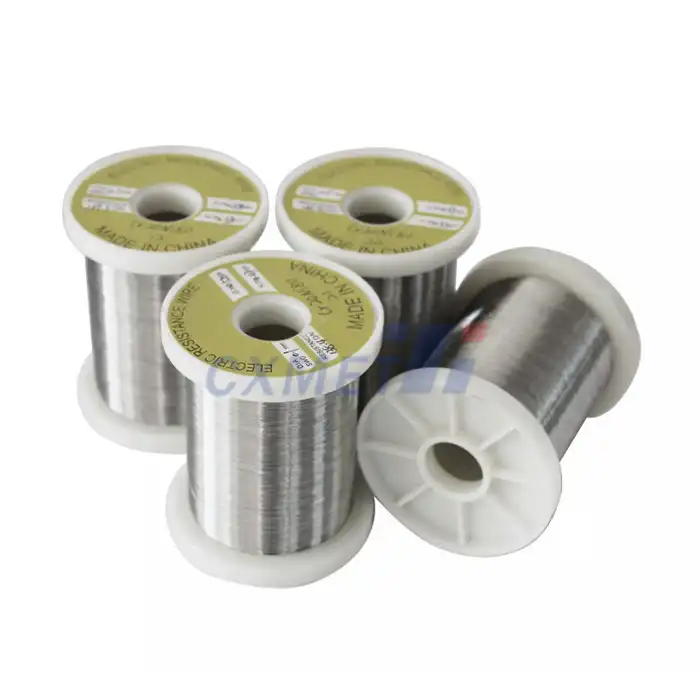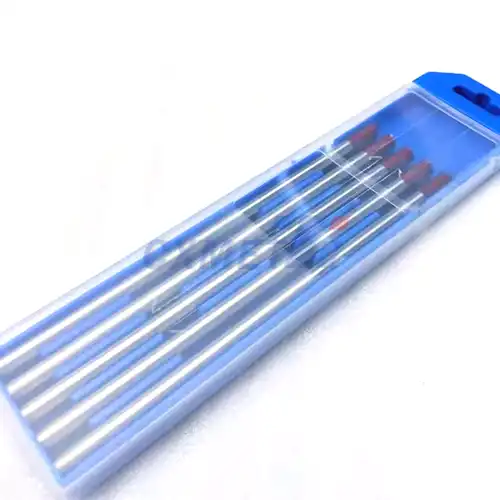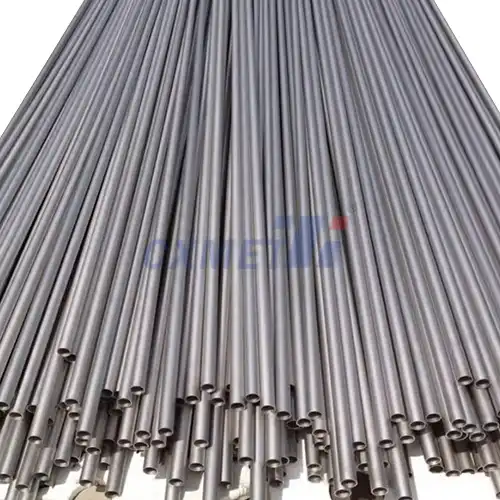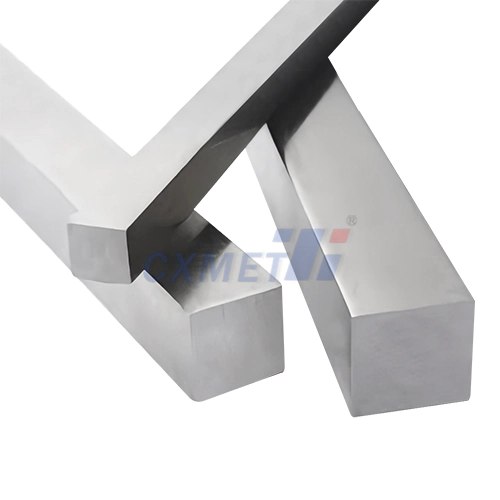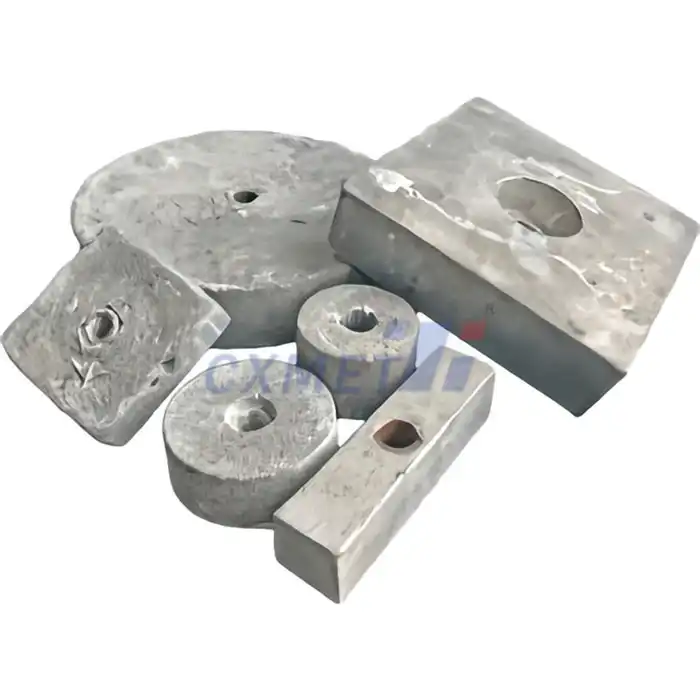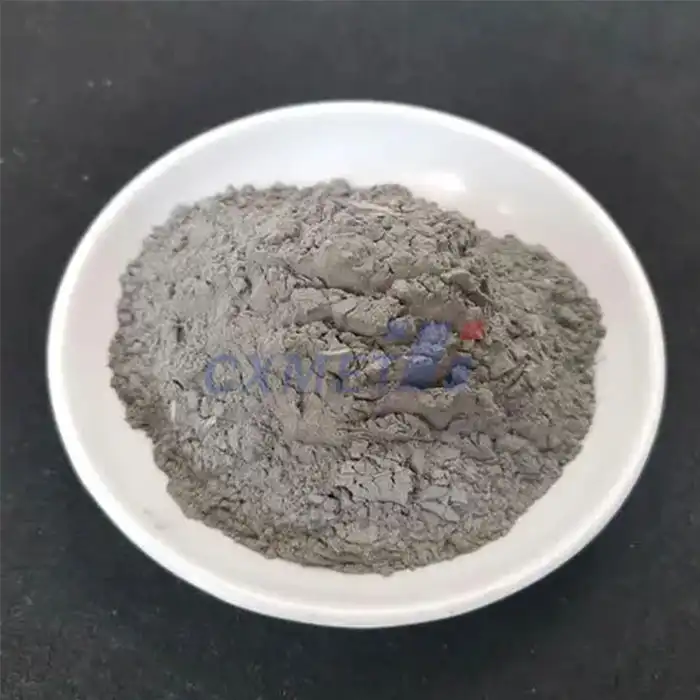- English
- French
- German
- Portuguese
- Spanish
- Russian
- Japanese
- Korean
- Arabic
- Greek
- German
- Turkish
- Italian
- Danish
- Romanian
- Indonesian
- Czech
- Afrikaans
- Swedish
- Polish
- Basque
- Catalan
- Esperanto
- Hindi
- Lao
- Albanian
- Amharic
- Armenian
- Azerbaijani
- Belarusian
- Bengali
- Bosnian
- Bulgarian
- Cebuano
- Chichewa
- Corsican
- Croatian
- Dutch
- Estonian
- Filipino
- Finnish
- Frisian
- Galician
- Georgian
- Gujarati
- Haitian
- Hausa
- Hawaiian
- Hebrew
- Hmong
- Hungarian
- Icelandic
- Igbo
- Javanese
- Kannada
- Kazakh
- Khmer
- Kurdish
- Kyrgyz
- Latin
- Latvian
- Lithuanian
- Luxembou..
- Macedonian
- Malagasy
- Malay
- Malayalam
- Maltese
- Maori
- Marathi
- Mongolian
- Burmese
- Nepali
- Norwegian
- Pashto
- Persian
- Punjabi
- Serbian
- Sesotho
- Sinhala
- Slovak
- Slovenian
- Somali
- Samoan
- Scots Gaelic
- Shona
- Sindhi
- Sundanese
- Swahili
- Tajik
- Tamil
- Telugu
- Thai
- Ukrainian
- Urdu
- Uzbek
- Vietnamese
- Welsh
- Xhosa
- Yiddish
- Yoruba
- Zulu
What is 3D Pure Titanium Powder?
2024-09-29 17:52:14
3D Pure Titanium Powder is a high-quality, fine metallic powder specifically designed for use in additive manufacturing processes, particularly in 3D printing applications. This innovative material consists of spherical titanium particles with uniform size distribution, typically ranging from 15 to 45 microns in diameter. The purity and consistency of 3D Pure Titanium Powder make it an ideal choice for producing complex, high-performance components in various industries, including aerospace, medical, and automotive sectors.
How is 3D Pure Titanium Powder manufactured?
The production of 3D Pure Titanium Powder involves a sophisticated process that ensures the highest quality and purity of the final product. The manufacturing method most commonly used is gas atomization, which offers superior control over particle size, shape, and composition.
Gas atomization begins with high-purity titanium feedstock, usually in the form of wire or rod. This raw material is melted in a vacuum or inert gas environment to prevent oxidation and maintain purity. The molten titanium is then forced through a small nozzle, where it encounters a high-pressure stream of inert gas, typically argon or helium. This process instantly breaks up the molten metal into tiny droplets, which rapidly solidify into spherical particles as they fall through a cooling chamber.
The resulting powder is then carefully sieved and classified to ensure a uniform particle size distribution. Advanced techniques such as plasma rotating electrode process (PREP) or plasma atomization may also be employed to produce even finer and more spherical particles, which are particularly desirable for certain 3D printing applications.
Quality control is a crucial aspect of 3D Pure Titanium Powder production. Each batch undergoes rigorous testing to verify its chemical composition, particle size distribution, flowability, and density. These properties are essential for ensuring consistent performance in additive manufacturing processes.
The manufacturing process also incorporates measures to prevent contamination and oxidation, as titanium is highly reactive with oxygen at elevated temperatures. This includes handling and packaging the powder in controlled atmospheres and using specialized containers to maintain its purity during storage and transportation.
Recent advancements in powder production technologies have focused on improving yield and reducing energy consumption. For instance, some manufacturers are exploring the use of plasma spheroidization to refine irregularly shaped titanium particles into highly spherical powder, potentially offering a more cost-effective production method.
What are the applications of 3D Pure Titanium Powder in additive manufacturing?
3D Pure Titanium Powder has found extensive applications in additive manufacturing, revolutionizing the production of complex, high-performance components across various industries. Its unique properties, including high strength-to-weight ratio, excellent corrosion resistance, and biocompatibility, make it an invaluable material for cutting-edge 3D printing applications.
In the medical field, 3D Pure Titanium Powder is used to create custom implants and prosthetics. The ability to 3D print titanium allows for the production of patient-specific implants with intricate geometries that closely mimic natural bone structures. This results in better integration with the patient's body and improved healing outcomes. Dental implants, cranial plates, and spinal fusion cages are just a few examples of medical devices manufactured using this advanced material.
The aerospace industry has embraced 3D Pure Titanium Powder for producing lightweight yet strong components. Aircraft engine parts, such as turbine blades and structural elements, can be optimized for performance and fuel efficiency through additive manufacturing. The ability to create complex internal structures and cooling channels that would be impossible with traditional manufacturing methods has led to significant advancements in engine design and efficiency.
In the automotive sector, 3D printed titanium components are being used to reduce vehicle weight without compromising strength. This is particularly important in high-performance and racing applications, where every gram counts. Examples include suspension components, exhaust systems, and even entire chassis elements for concept cars.
The sporting goods industry has also benefited from 3D Pure Titanium Powder. Custom golf club heads, bicycle frames, and high-end watch cases are being produced using this technology, offering unique designs and optimized performance characteristics.
Moreover, the use of 3D Pure Titanium Powder in additive manufacturing has opened up new possibilities in the field of architecture and design. Complex, organic structures that were once impossible or prohibitively expensive to produce can now be realized, leading to innovative facades, sculptures, and structural elements in buildings.
Recent research has focused on expanding the capabilities of 3D printing with titanium powder. For instance, scientists are exploring the creation of functionally graded materials, where the composition and properties of the printed object vary throughout its structure. This could lead to components with optimized properties in specific areas, such as increased wear resistance in high-stress regions.
Another exciting development is the combination of 3D Pure Titanium Powder with other materials to create metal matrix composites. These hybrid materials can offer enhanced properties, such as improved strength or thermal conductivity, opening up new applications in industries like electronics and energy.
Why is 3D Pure Titanium Powder considered a game-changer in the aerospace industry?
3D Pure Titanium Powder has emerged as a game-changing material in the aerospace industry, offering unprecedented opportunities for innovation, efficiency, and performance enhancement. Its impact on aerospace manufacturing and design has been so significant that it's reshaping the future of flight.
One of the primary reasons for the material's transformative effect is its ability to dramatically reduce the buy-to-fly ratio in aerospace component production. Traditional manufacturing methods often result in significant material waste, with up to 90% of the original titanium block being machined away for certain complex parts. With 3D printing using titanium powder, manufacturers can create near-net-shape components, significantly reducing material waste and production costs. This not only makes the manufacturing process more economical but also aligns with the industry's growing focus on sustainability and resource efficiency.
The design freedom offered by 3D printing with titanium powder is another factor that makes it a game-changer. Aerospace engineers can now create complex geometries that were previously impossible or impractical to manufacture. This includes internal lattice structures, conformal cooling channels, and topology-optimized designs that maximize strength while minimizing weight. Such innovations lead to components that are not only lighter but also more efficient and durable.
Weight reduction is a critical factor in aerospace, and 3D Pure Titanium Powder excels in this aspect. By enabling the production of hollow structures and optimized designs, it allows for significant weight savings in aircraft components. This translates directly into fuel efficiency improvements, increased payload capacity, and extended range for aircraft, all of which are key competitive advantages in the aerospace industry.
The material's impact extends to the realm of spacecraft and satellite design as well. The ability to create complex, lightweight structures is particularly valuable in space applications, where every gram of payload comes at a premium. 3D printed titanium components are being used in satellite structures, propulsion systems, and even in parts for Mars rovers, demonstrating the material's versatility and reliability in extreme environments.
Furthermore, 3D Pure Titanium Powder is playing a crucial role in the development of next-generation aircraft engines. The ability to create complex cooling channels and optimize the design of turbine blades and other critical components is leading to engines that are more fuel-efficient, quieter, and have lower emissions. This aligns perfectly with the industry's push towards more environmentally friendly air travel.
The rapid prototyping capabilities offered by 3D printing with titanium powder are accelerating innovation cycles in aerospace. Engineers can quickly iterate designs, produce functional prototypes, and test new concepts without the long lead times and high costs associated with traditional manufacturing methods. This is particularly valuable in an industry where development cycles can span several years.
Recent advancements in large-scale 3D printing technologies are expanding the potential applications of 3D Pure Titanium Powder in aerospace. Some companies are now capable of printing entire structural components, such as wing spars or fuselage sections, potentially revolutionizing aircraft construction methods.
The aerospace industry is also exploring the integration of 3D printed titanium components with advanced composite materials, creating hybrid structures that offer the best properties of both materials. This could lead to aircraft that are lighter, stronger, and more resilient than ever before.
In conclusion, 3D Pure Titanium Powder is not just an alternative manufacturing material for the aerospace industry; it's a catalyst for innovation that is reshaping the possibilities of flight. From enabling more efficient and sustainable manufacturing processes to unlocking new realms of design and performance, this advanced material is truly propelling the aerospace industry into a new era of technological advancement.
At SHAANXI CXMET TECHNOLOGY CO., LTD, we take pride in our extensive product range, which caters to diverse customer needs. Our company is equipped with outstanding production and processing capabilities, ensuring the high quality and precision of our products. We are committed to innovation and continuously strive to develop new products, keeping us at the forefront of our industry. With leading technological development capabilities, we are able to adapt and evolve in a rapidly changing market. Furthermore, we offer customized solutions to meet the specific requirements of our clients. If you are interested in our products or wish to learn more about the intricate details of our offerings, please do not hesitate to contact us at sales@cxmet.com. Our team is always ready to assist you.
References
1. Gu, D. D., Meiners, W., Wissenbach, K., & Poprawe, R. (2012). Laser additive manufacturing of metallic components: materials, processes and mechanisms. International materials reviews, 57(3), 133-164.
2. Froes, F. H., & Dutta, B. (2014). The additive manufacturing (AM) of titanium alloys. Advanced Materials Research, 1019, 19-25.
3. Dehoff, R. R., Kirka, M. M., Sames, W. J., Bilheux, H., Tremsin, A. S., Lowe, L. E., & Babu, S. S. (2015). Site specific control of crystallographic grain orientation through electron beam additive manufacturing. Materials Science and Technology, 31(8), 931-938.
4. Herzog, D., Seyda, V., Wycisk, E., & Emmelmann, C. (2016). Additive manufacturing of metals. Acta Materialia, 117, 371-392.
5. Sing, S. L., An, J., Yeong, W. Y., & Wiria, F. E. (2016). Laser and electron‐beam powder‐bed additive manufacturing of metallic implants: A review on processes, materials and designs. Journal of Orthopaedic Research, 34(3), 369-385.
6. Shipley, H., McDonnell, D., Culleton, M., Coull, R., Lupoi, R., O'Donnell, G., & Trimble, D. (2018). Optimisation of process parameters to address fundamental challenges during selective laser melting of Ti-6Al-4V: A review. International Journal of Machine Tools and Manufacture, 128, 1-20.
7. Tan, X., Kok, Y., Tan, Y. J., Descoins, M., Mangelinck, D., Tor, S. B., ... & Leong, K. F. (2015). Graded microstructure and mechanical properties of additive manufactured Ti–6Al–4V via electron beam melting. Acta Materialia, 97, 1-16.
8. Lütjering, G., & Williams, J. C. (2007). Titanium (engineering materials and processes). Springer.
9. Qian, M., Xu, W., Brandt, M., & Tang, H. P. (2016). Additive manufacturing and postprocessing of Ti-6Al-4V for superior mechanical properties. MRS Bulletin, 41(10), 775-784.
10. Frazier, W. E. (2014). Metal additive manufacturing: a review. Journal of Materials Engineering and Performance, 23(6), 1917-1928.
